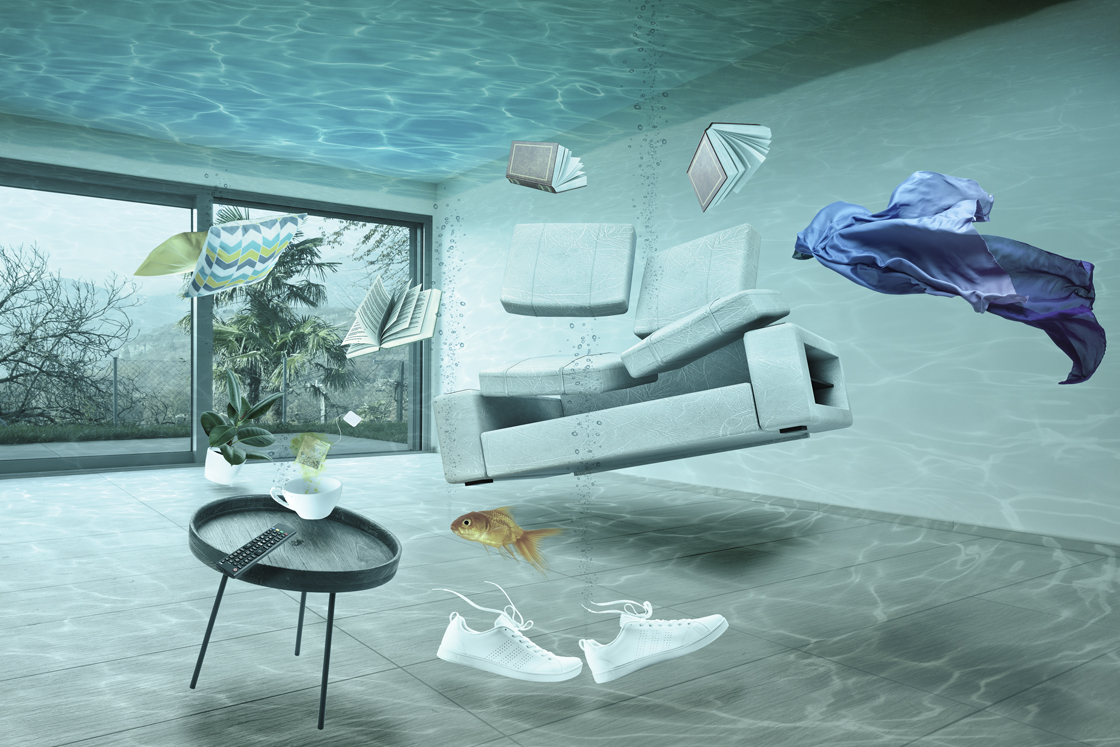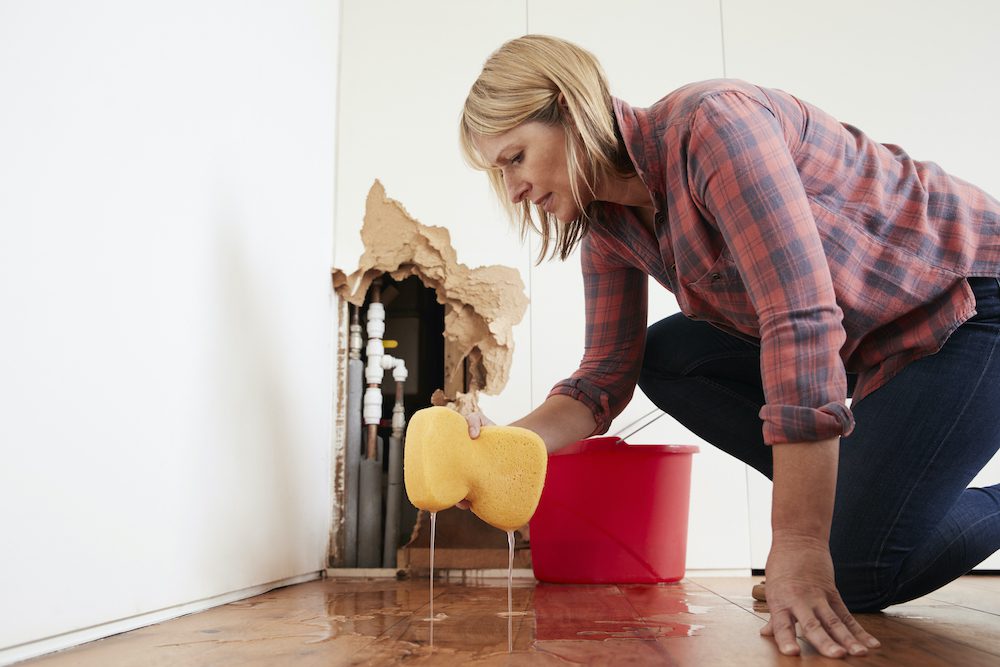Locating Hidden Water Line Leaks: 6 Smart Methods
Locating Hidden Water Line Leaks: 6 Smart Methods
Blog Article
We have uncovered the article about Leaking water lines below on the net and think it made good sense to discuss it with you on my blog.

Early discovery of leaking water lines can reduce a possible disaster. Some tiny water leaks may not be noticeable.
1. Check Out the Water Meter
Every house has a water meter. Checking it is a surefire way that helps you discover leaks. For starters, turn off all the water sources. Ensure no one will certainly purge, make use of the tap, shower, run the washing device or dishwasher. From there, go to the meter and also watch if it will transform. Because no person is using it, there need to be no movements. If it relocates, that indicates a fast-moving leak. If you identify no modifications, wait an hour or two and also examine back again. This means you might have a sluggish leakage that might also be underground.
2. Check Water Intake
If you identify sudden adjustments, despite your intake being the same, it suggests that you have leaks in your plumbing system. An abrupt spike in your bill suggests a fast-moving leakage.
On the other hand, a stable rise every month, even with the very same habits, reveals you have a slow-moving leakage that's also gradually rising. Call a plumber to thoroughly inspect your residential or commercial property, particularly if you really feel a cozy location on your floor with piping beneath.
3. Do a Food Coloring Test
30% comes from toilets when it comes to water consumption. Examination to see if they are running effectively. Decline specks of food color in the tank and also wait 10 mins. If the color in some way infiltrates your dish during that time without flushing, there's a leakage between the tank and also bowl.
4. Asses Outside Lines
Do not fail to remember to inspect your outdoor water lines too. Needs to water permeate out of the link, you have a loose rubber gasket. One tiny leakage can lose bunches of water and also surge your water bill.
5. Assess the circumstance and check
Property owners should make it a behavior to examine under the sink counters as well as even inside cupboards for any type of bad odor or mold growth. These 2 red flags suggest a leakage so timely focus is required. Doing regular examinations, even bi-annually, can save you from a significant issue.
Check for stainings and also weakening as many pipelines and also home appliances have a life span. If you presume dripping water lines in your plumbing system, do not wait for it to rise.
Early detection of leaking water lines can alleviate a prospective calamity. Some small water leakages might not be visible. Inspecting it is a surefire way that assists you uncover leaks. One tiny leak can throw away loads of water as well as increase your water costs.
If you suspect leaking water lines in your plumbing system, don't wait for it to intensify.
WARNING SIGNS OF WATER LEAKAGE BEHIND THE WALL
PERSISTENT MUSTY ODORS
As water slowly drips from a leaky pipe inside the wall, flooring and sheetrock stay damp and develop an odor similar to wet cardboard. It generates a musty smell that can help you find hidden leaks.
MOLD IN UNUSUAL AREAS
Mold usually grows in wet areas like kitchens, baths and laundry rooms. If you spot the stuff on walls or baseboards in other rooms of the house, it’s a good indicator of undetected water leaks.
STAINS THAT GROW
When mold thrives around a leaky pipe, it sometimes takes hold on the inside surface of the affected wall. A growing stain on otherwise clean sheetrock is often your sign of a hidden plumbing problem.
PEELING OR BUBBLING WALLPAPER / PAINT
This clue is easy to miss in rooms that don’t get much use. When you see wallpaper separating along seams or paint bubbling or flaking off the wall, blame sheetrock that stays wet because of an undetected leak.
BUCKLED CEILINGS AND STAINED FLOORS
If ceilings or floors in bathrooms, kitchens or laundry areas develop structural problems, don’t rule out constant damp inside the walls. Wet sheetrock can affect adjacent framing, flooring and ceilings.
https://www.servicemasterbyzaba.com/blog/how-to-detect-water-leakage-in-walls/

I hope you enjoyed our part on Locating water leaks. Thank you so much for taking a few minutes to read through our article post. Do you know another person who is sincerely interested in the subject? Take a moment to share it. Bless you for your time. Please check our website back soon.
Resolve today. Contact. Report this page